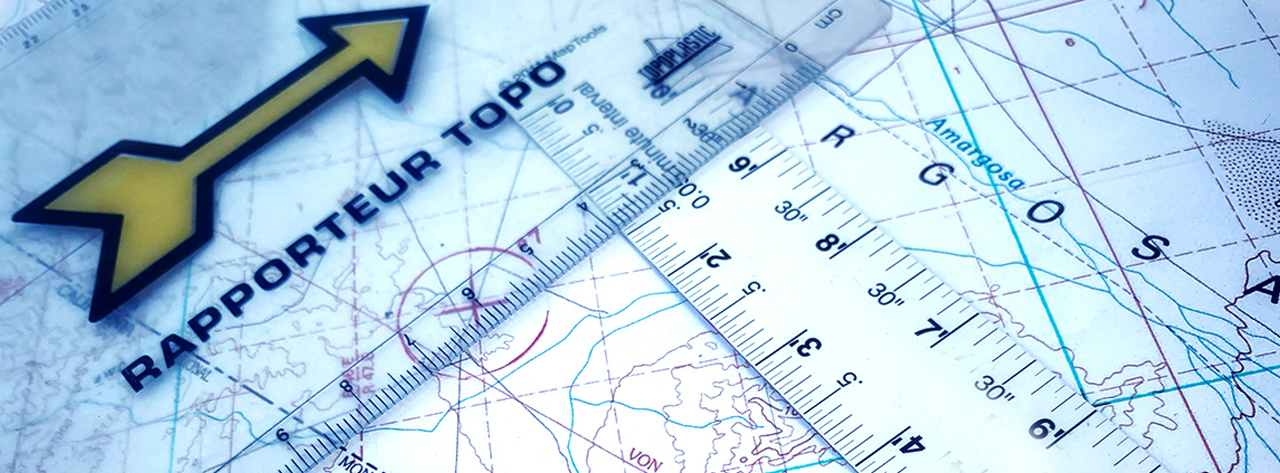Helpful tips to start planning your Nomad Overland Virtual Adventure Rally route
While the rally is still months away, it is never too early to start looking ahead and researching possible places to include in your rally route(s). Here are a few things to think about when you begin planning.
What are Nomad Rally “Stages”?
The event is built around 12 multi-leg “stages.” In an ideal world, the 12 stages would be built as one long overland expedition completely off-road with dispersed camping in remote backcountry locations. If your location, equipment and experience permit this, then that’s awesome! However, most of the USA is not quite our “ideal world” and it would be impossible to create such a route in many areas of the country, so we have adapted our format to define each “stage” as a day of point-to-point travel that includes time on dirt and/or ends in camping.
You can do the 12 stages in one long journey or break it into a series of smaller “weekend-able” trips according to the time you have available.
Do Dirt Roads Count?
Yes. Dirt roads count. The rally is really about immersing yourself in outdoor exploration, not “just” driving technical challenges, so in theory you could build your entire route to just include graded forest roads. But, let’s be honest, that would probably get a bit boring after awhile. Besides, to earn more points you will want to be sure to check off the Activity Tasks that include more challenging driving skills on a variety of terrain types.
It’s best to think about building a route that includes some trails where you will have opportunities for more challenging driving (but be conscious of your rig’s capabilities and your own level of driving skills — if you are unsure what “level” of challenge is right for you, you might want to consider including some 4WD training time into your plan, doing a guided trail run, or going out with a local club — there are Activity Task points available for a certain amount of training, guided rides or club runs, too.)
Can I Spend the Whole 12-Days at my Favorite Offroad Park?
Technically, yes, you could, BUT that would severely limit the opportunities for exploration beyond just technical driving challenges — and there are a lot of points to be gained by doing different kinds of things outdoors in a variety of environments. In fact, the Activity Tasks offer more points for exploring a diverse mix of public land types (and off-road parks), so you might want to consider that as you begin to think about building your route.
Can I “base camp” at one location or do I have to change campsites every night?
The rally format is flexible with respect to where and how you camp (and even takes into account the fact that there may be some times and places where camping is not a viable option), but the goal is to encourage overland exploration over varied terrain using a point-to-point route. It is certainly possible to set up camp at one location for a few days, while exploring the area in different directions each day, but doing that for 12 full days would be almost impossible. A better plan would be to include a few “base camp” days in locations where there is a lot to do with segments where you are moving from one location to another and changing your camp site each night.
Where Can I Find Resources for Route Planning?
There are many apps and websites that offer “route planning” assistance, and you are free to use any of them, but before you dive into the detailed point-to-point planning, take some time to do some “big picture” research on places you can explore in the regions that interest you most.
Apart from the highway segments that you may need to use to access the backcountry, the majority of your routes will likely be on “public lands” and in “offroad parks.” If you are not sure how to “find” public lands in a specific area, one good way is to start with a map.
Take a look at a map of the region (you can use Google Maps or any mapping app to do this) and starting with a very large overview, slowly zoom in until you begin to see areas with labels like “…State Forest,” “…National Recreation Area,” “…National Forest,” “…National Park,” “…Game Lands,” “… Wildlife Refuge” and so on. Most of these places will have publicly accessible roads and trails with interesting opportunities for camping, outdoor recreation and wildlife viewing — all activities that can earn you points in the Rally. Typically you can go directly to their individual websites to find out about permits, fees, maps, interesting places and interpretive trail information.
Once you have a sense of the major public land units in the region you can begin sketching out a general route that connects a few of these different areas and delve more deeply into the details using apps, written trail guides and websites to flesh out individual trail options, camp locations and more. (You may want to hold off on getting that precise until you receive the official Nomad Rally course guidebook — in the physical package you will get from us via mail in May — so you can plan to include activities and locations that maximize your points!)
